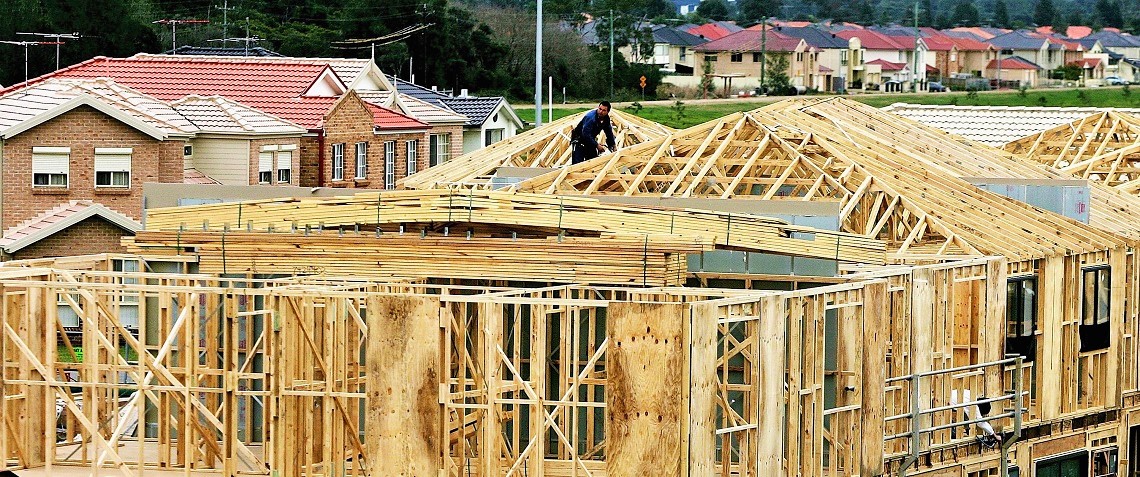A construction home loan is a home loan that is designed for people wanting to build their home instead of purchasing an existing one. As a result, it has a unique payment structure where you only borrow in stages as more progress is made on the construction. This varies from loan to loan, but the usual payment structure is based around the completion of five stages:
- The Foundation, includes levelling, plumbing and waterproofing
2. The Frame, including brickwork, roofing and windows
3. Lockup includes external walls, windows and doors.
4. Fit-out, includes inside fittings and fixtures, plasterboards, cupboards, benches, plumbing, electricity and gutters.
5. Completion, this is the final amount that is paid out from the loan and usually includes the completion of contracted builders and equipment, plumbing, electricity and overall cleaning.
You only pay interest and repayments on the funds you have actually used so far. Therefore, if you have only completed the foundation so far, you only pay for the foundation and the frame once you start work on the frame. The full amount that you are able to borrow for the construction loan will partly be based on the final value of the completed construction.
It is possible to use a standard home loan for building a house. The disadvantage is that you will have to start paying interest and repayments for the entire loan from the first day.
A construction home loan may be a worthwhile option if you are considering building your new home instead of buying an existing one. However, they differ greatly from a standard home loan, so it is worthwhile talking to a mortgage broker to learn more.
If you would like to learn more about construction home loans, contact us today.




